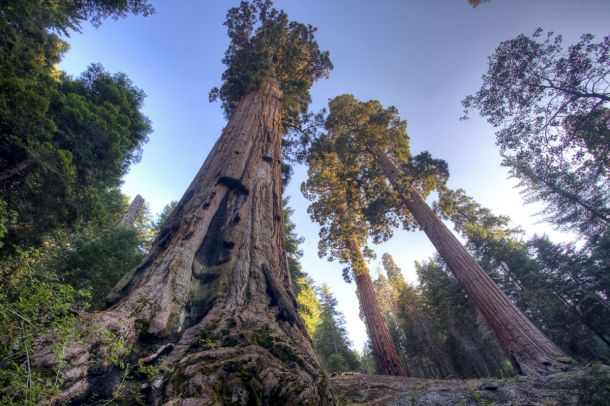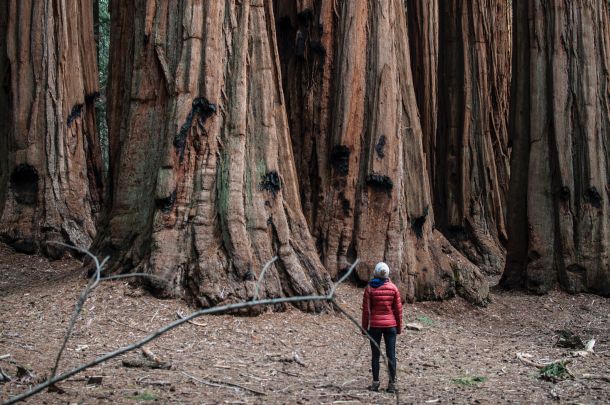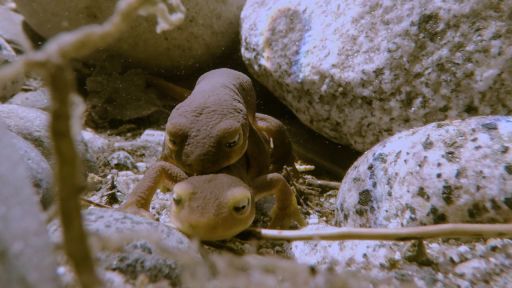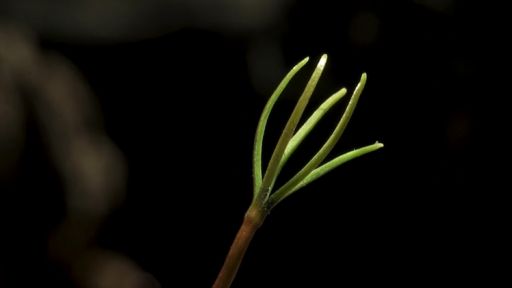
Sequoia trees in Sequoia National Park. Photo by Bob Wick.
Giant Sequoia (Sequoiadendron giganteum): a coniferous evergreen tree of the cypress family.
AKA: giant redwood, Sierra redwood, Sierran redwood, Wellingtonia or simply big tree (dubbed by American Conservationist John Muir)
Kingdom: | Plantae
Clade: | Tracheophytes
Division: | Pinophyta
Class: | Pinopsida
Order: | Pinales
Family: | Cupressaceae
Genus: | Sequoiadendron
Species: | S. giganteum

Photo taken in Sequoia National Park. Photo by Vitto Sommella on Unsplash
Size and Weight:
The Giant Sequoia is the largest of all trees in bulk and the most massive living thing by volume. On average, their height is between 164 and 279 feet tall with a diameter between 20 to 26 feet.
According to Encyclopedia Britannica, the largest giant sequoia is the General German tree in Sequoia National Park, which is located in Tulare County, California. The General Sherman is about 101.5 feet in circumference at the base and is 272.4 feet tall, which is almost the height of an 11-story building. It is estimated to weigh 6,167 tons. While there are other specimens that are taller than 345 feet high, these trees have less bulk than the General Sherman tree.
The General Sherman is currently the largest living tree, but it is not the largest historically recorded tree. The Crannell Creek Giant, a coast redwood (Sequoia sempervirens) near Trinidad, California, is estimated to have been 15 to 25% larger than the General Sherman tree by volume. However, that tree was cut down in the mid-1940s.
Coast redwoods are the tallest living trees and are distinct from the Giant Sequoia. The Giant Sequoia is the only species of the genus Sequoiadendron.
Lifespan:
Another defining characteristic of these enormous trees is their lifespan. The Giant Sequoias are among the oldest organisms on Earth. At a point, they were reputed as the oldest living things. However, the largest stumps were examined in tree-ring studies and were found to be less than 4,000 years old.
In comparison, the clonal king’s holly plant (Lomatia tasmanica) in Tasmania was found to be more than 43,000 years old.
Appearance:
Aside from its colossal build, the tree has a generally pyramidal shape with reddish-brown fibrous bark, which is typically fire-resistant. It has uniformly scale-like or awl-shaped leaves that lie close against the branches and scaleless winter buds.
The compact cones, the reproductive organ, require two seasons to mature and open immediately following a wildfire.
Geography:
These trees are found in scattered groves on the western slopes of the Sierra Nevada of California at elevations between 3,000 and 8,500 feet. They generally occur on the south-facing sides of northern mountains, and on the northern faces of more southerly slopes.
There are nearly 70 groves in the region, ranging in size from 3,100 acres with 20,00 mature trees to small groves of only six trees. Many are protected in Sequoia National Park, Kings Canyon National Parks, and Giant Sequoia National Monument.
Conservation/ Threats:
While a number of giant sequoias groves were cut down in the past, this practice happens less now. Giant Sequoia lumber tends to be more brittle than that of the redwood, so it is less likely to be cut down. The lower quality of the wood has been instrumental in saving the giant sequoias from destruction.
American Conservationist John Muir has also been instrumental in the protection of these trees. His advocacy efforts led to the protection of almost all of the 70 distinct groves of state or national forests or parks, including Kings Canyon National Park and Sequoia National Forest.
Source: Encyclopedia Britannica





